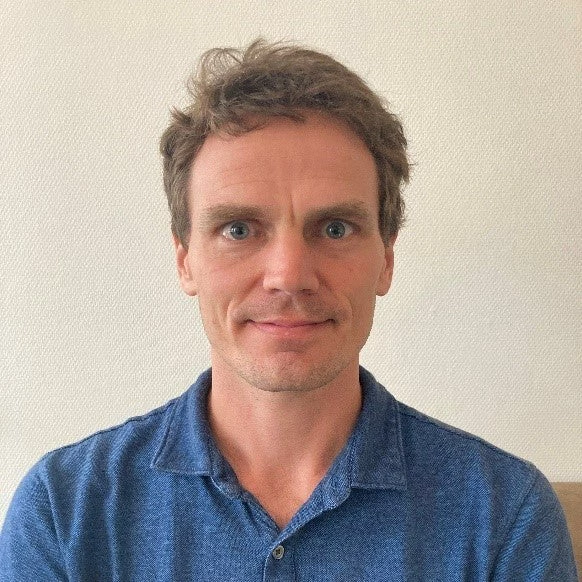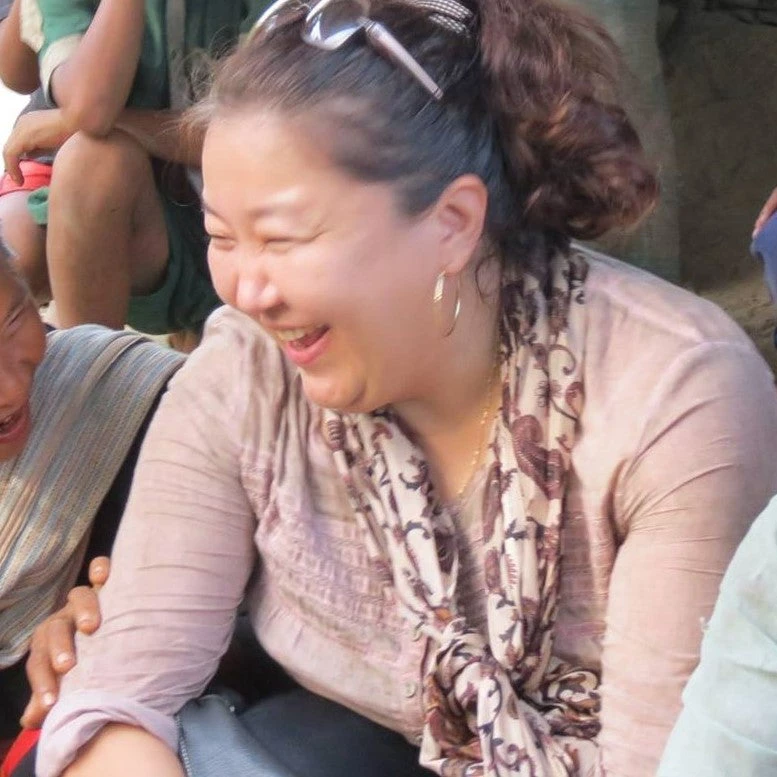 Woman tends mukau seedlings in Kenya.
Woman tends mukau seedlings in Kenya.
Why reaching communities matters
A key challenge of implementing climate interventions is ensuring that Indigenous Peoples and local communities (IPLCs) meaningfully engage in the processes and access their full benefits. This kind of engagement for climate emission reductions programs in forest landscapes has been very challenging, especially in the context of the COVID-19 pandemic.
Awareness-raising efforts have long been underway by governments. But reaching disadvantaged and marginalized communities and social groups continues to be a difficult task, compounded by the pandemic, which made it near-impossible to conduct in-person outreach efforts.
But it is absolutely vital to reach these communities, not only to help demystify results-based climate finance and the often highly technical language of REDD+, but to also empower them to be stewards of climate action on the ground.
The Bank’s Forest Carbon Partnership Facility (FCPF) has signed agreements with 15 countries to provide payments for their emission reductions under REDD+ agreements at a total value of US$720 million. The first payment to Mozambique was made a year ago and more countries will receive their first payments later this year. These payments are used to provide incentives to continue efforts on reducing emissions and to implement Benefit Sharing Plans that stipulate which stakeholders receive compensation. For communities to receive benefits, it is imperative they are informed about these programs, engage in them, and understand how they are eligible to receive the benefits.
What this program is all about
To do this, the FCPF and the Enhancing Access to Benefits while Lowering Emissions trust fund (EnABLE) are financing a new podcast series: “Get REDDy” to reach remote communities through local radio and social media networks. In the series, IPLCs practitioners explain their view on the result-based climate finance programs, how the programs can be aligned with their worldview, and share their experiences engaging in them.
This is programming by – and for – Indigenous Peoples, helping inform and engage these communities, as well as build local capacity. It also deploys a unique partnership model. By working with a panel of eight Indigenous Peoples and experts from different countries, Get REDDy ensures that the information is relevant, practical and meaningful to the communities. Topics include land tenure and benefit sharing, integrating traditional and indigenous knowledge in forest management, gender equality in forest management, setting up and implementing safeguards systems, and other key REDD+ concepts. Partners also identify practitioners from these communities who could speak about their experiences in a way that could help other communities across the globe to engage in REDD+.
For instance, the podcast series, launched in April 2022, starts with Onel Masardule from Kuna Yala, Panama, who has been engaged in REDD+ debates from its earliest days at COP13 in 2007. In the podcast he talks about how IPs have been managing their forests sustainably for centuries based on the holistic philosophy of the relationship between people and nature, on challenges of REDD+ in reaching communities, and how he has become a big supporter of community-led REDD+ having seen the benefits to local people. Three pilot episodes have been released to date, and another seven are scheduled to be released in November 2022.
How this outreach is having impact
Working with partners on the ground, Get REDDy episodes have been shared with local radio stations and through Listservs, WhatsApp groups and social media. Partners have also supported the translation of episodes into local languages, for instance into iTaukei in Fiji and Malagasy in Madagascar.
By employing tailored and targeted social media campaigns, Get REDDy has reached the phone, computer and TV screens of Indigenous and local communities, targeting the specific districts where the FCPF operates in a cost-effective way. As a result, over half a million people across FCPF countries have already watched Get REDDy via Facebook and YouTube.
But the most accessible channel for outreach to Indigenous and local communities remains the tried and tested radio. Through partnerships with both national and local radio stations, the program has already been broadcast across seven FCPF countries and over three dozen radio stations, with more scheduled for the months ahead. More than 40 million people are estimated to have learned about the emission reduction programs this way, a testament to the reach of community radio.
"The most accessible channel for outreach to Indigenous and local communities remains the tried and tested radio. "
In the Petén department of Guatemala, Get REDDy, or Prepárate con REDDy as it is called in Spanish, is playing on the community radio station of a small Q’eqchi Maya village. It is tuned in to the episode on Land Rights, during which Pablo Mis, a fellow Q’eqchi Maya from Laguna in southern Belize, can be heard discussing the importance of the forest for his people. “When people look at the forest we have, they see it as empty”, said Pablo. “But for us, it has meaning as these key areas might be fishing area, might be hunting area, or might be sacred areas. REDD+ has helped us to show that these are forests and lands that have a special relationship with the Maya communities.”
Visiting every community to discuss REDD+ may not always be possible. But through channels of communication – from social media, to television screens, to the ubiquitous radio - Indigenous communities are connected to each other and the wider world. And for a forest community somewhere else in the REDD+ network, hearing directly from a peer like Pablo, helps make sure that these efforts, and their benefits, are well understood.
Get REDDy is co-produced by the Forest Carbon Partnership Facility (FCPF) and the Enhancing Access to Benefits while Lowering Emissions (EnABLE) trust fund. Three pilot episodes were released in April 2022 and are available as podcast on Buzzsprout, Spotify, and other podcast apps, and as video on the World Bank YouTube channel. All episodes are available in English, French, and Spanish. Seven more episodes are scheduled to be released in November 2022.
Listen to Get REDDy:
Watch:



Join the Conversation